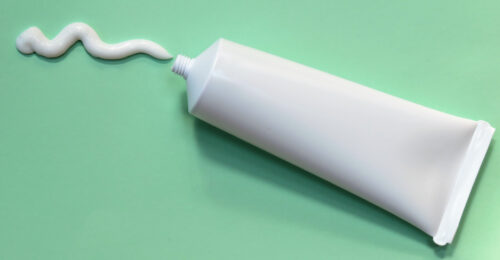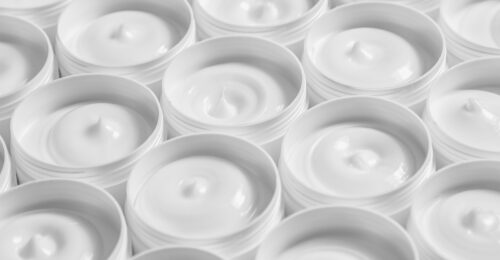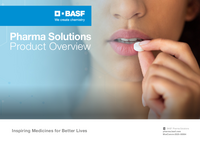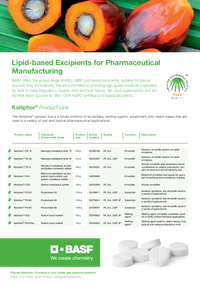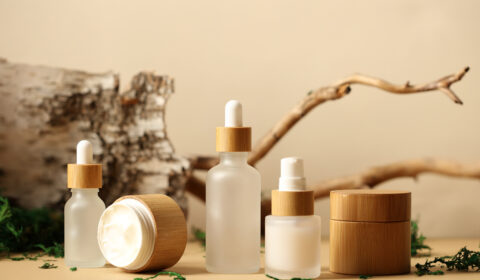
From past to present
The current conversation around cosmetic and pharmaceutical-grade excipients has a lot to do with their history.
“When oral and intravenous-based products were introduced, they were medicinal in nature,” says Gloria Ho, Global Technical Marketing Manager, Pharma Solutions. “When we see a manufacturer or developer working with those, they’ll automatically default to using a pharmaceutical-grade excipient.”
With topicals, the case is different. “Historically, many early balms or salves were produced for both cosmetic and medical purposes. But even if they were produced for medicinal purposes, it was done with cosmetic-grade materials.”
As expected, there are distinct differences between the requirements surrounding cosmetic and pharmaceutical-grade excipients. The first is Good Manufacturing Practice (GMP) requirements. “As a pharmaceutical-grade supplier, we’re held to much higher GMP requirements than a cosmetic-grade supplier. For example, cosmetic-grade suppliers may only offer limited supply chain transparency as required by ISO or EFfCI regulations.”
Ho also talks about requirements like process and cleaning validations to avoid cross-contamination. “Pharmaceutical-grade suppliers need to have batch records for reviewing, maintain supplier qualification, and particularly focus on change control and supply chain transparency.” Furthermore, some forms of regulatory documentation such as an elemental impurity analysis is unique to pharmaceutical-grade products.
Another difference is around internal and external audits. With pharmaceutical-grade excipients, these audits are routinely requested and conducted. With a cosmetic-grade supplier, that’s not the case.
As a result, a manufacturer choosing a pharmaceutical-grade excipient does so with the reassurance these checks and balances are included. If a pharmaceutical manufacturer chooses a cosmetic-grade excipient, it takes on that responsibility.

